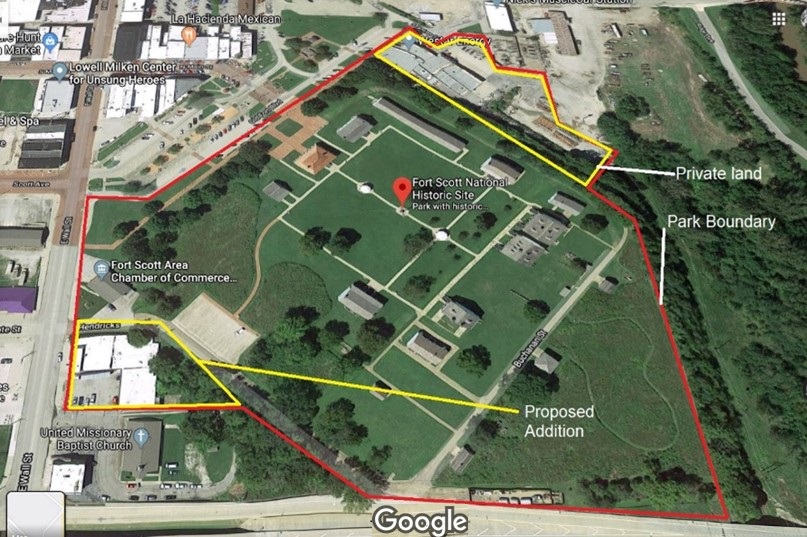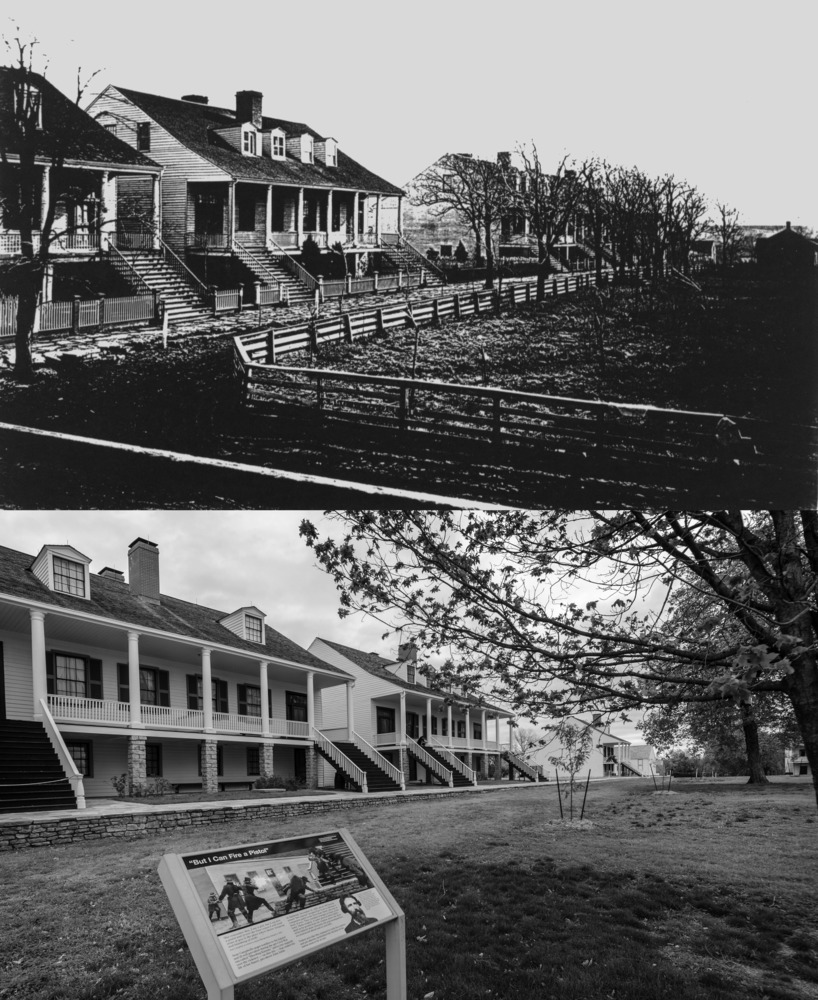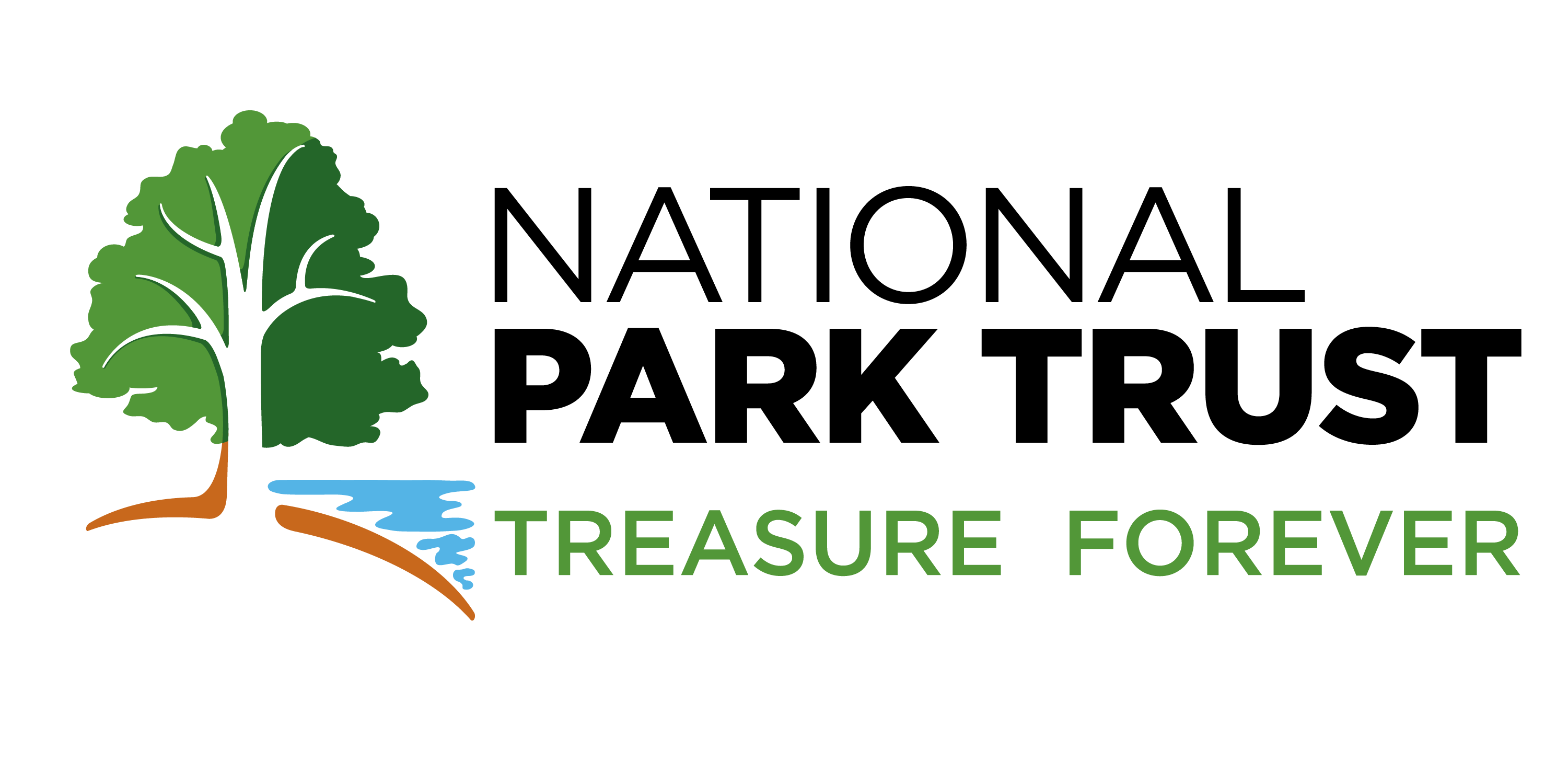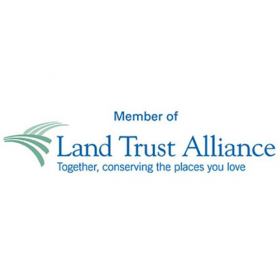Protected Park
Fort Scott National Historic Site, KS
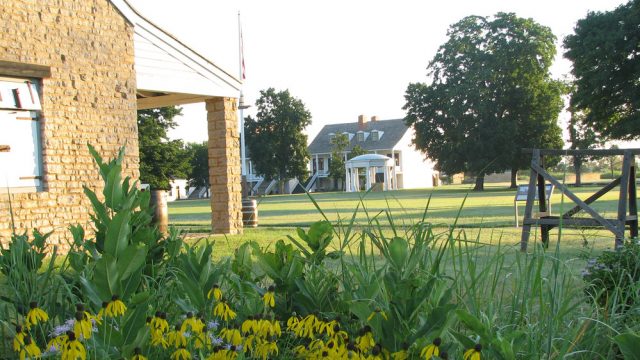
National Park Trust and the National Park Service are proud of a successful partnership that will help to preserve a critical piece of American history at Fort Scott National Historic Site in Kansas. This multi-year collaboration, resulting in the acquisition of a ¾-acre private property within the park’s boundaries, will address a pressing need of the park. Currently, all the fort’s maintenance equipment is stored in its historic areas. The ideal location of the acquired parcel with its existing building will allow for the equipment to be moved to a better-suited facility. Once relocated, the park’s historic area will be extended, allowing the park to bring back the full experience of the dragoon stables.
In 2020, the Cummings Family’s property, housing a historically significant building, was incorporated into the expanded park boundaries authorized by the U.S. Congress through the John D. Dingell, Jr. Conservation, Management, and Recreation Act in 2019. Initially slated for funding authorization in 2021, the urgency for acquisition heightened following the sudden passing of the property owner, Mr. Cummings, prompting swift interest in selling by his heirs.
When the National Park Service asked the National Park Trust for assistance, the Park Trust initiated and executed a comprehensive strategic plan, including a title commitment, property appraisal, and Phase I and Phase II environmental site assessments. In addition, the Park Trust negotiated with the commercial retail business that occupied the building.
Although the Park Trust successfully concluded the acquisition in July 2021, the National Park Service could not officially take possession and complete the purchase of the land and building from the Park Trust until December 2023. During those two years, the Park Trust managed the property, serving as the landlord for the retail business in the building.
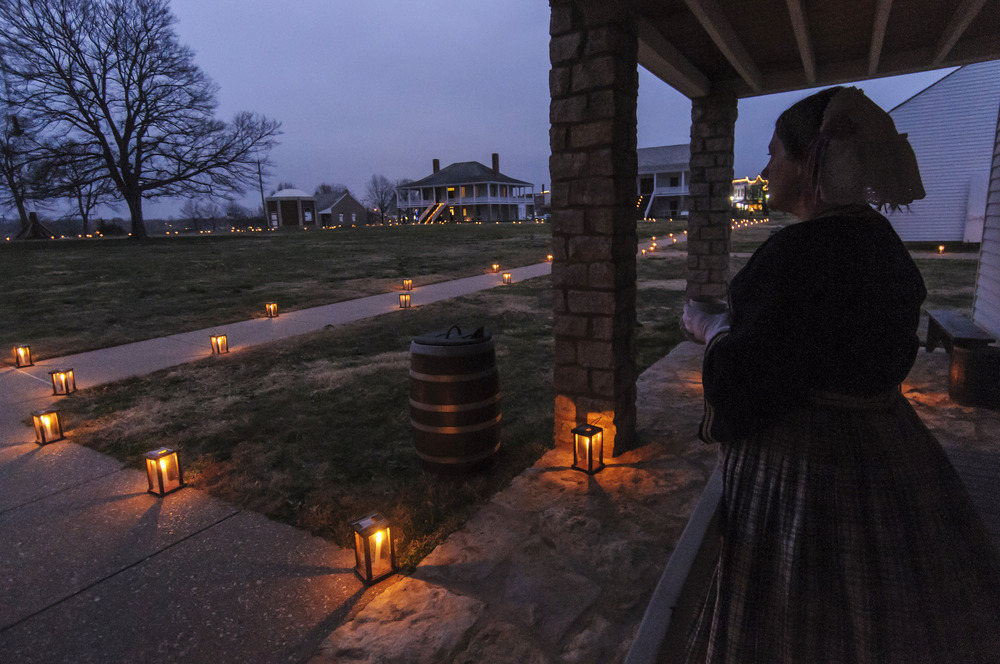
Established in 1842, this fort was pivotal in westward expansion, the anti-slavery movement, and the Civil War. Initially, it safeguarded wagon trains and enforced boundaries between Native American lands and European settlers. Despite being closed in 1853, periodic soldier returns helped manage future conflicts. During the Civil War, it became a vital Union Hospital supply and training depot. Its final chapter, ending in 1873, involved protecting railroad workers from local trespassers and landowners opposing railway construction on their land.
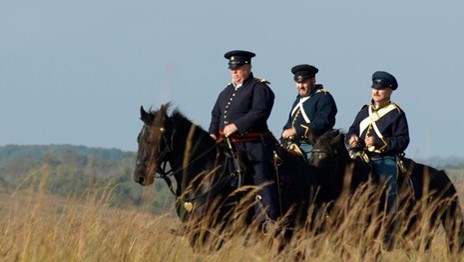
Project Details:
Project Years: 2020-
2023
Parcel Size: 0.76 acres
Project Cost: $190,000
Long Term Significance of the Acquisition:
- The ideal location of the acquired parcel with its existing building will allow for the equipment to be moved to a better-suited facility. Once relocated, the park’s historic area will be extended, allowing the park to bring back the full experience of the dragoon stables.
Value to the Park and Public:
- Removes everyday maintenance activities, with accompanying noise, away from the area used by visitors
- Adds additional space on the historic footprint of the park for an additional facility that will enhance the visitor experience at the park
